
Cantley Park Interactive Play Space
CANTLEY PARK INTERACTIVE PLAY SPACE CANTLEY PARK INTERACTIVE PLAY SPACE THE BRIEF: The council was committed to creating a new destination play area on site
This pandemic has given everyone an opportunity to reflect on the way we live our lives; pre, during and post lockdown. As a Landscape Architect living through this “unprecedented” time with two young children, I have had the chance to slow down and truly observe “play” in a way that hasn’t been possible before. It’s really got me thinking about how this experience will influence the way I design play spaces in the future. And whilst I must stress I am not taking away from the gravity and dreadful consequences of this pandemic, the changes to the way we have been living has evoked a real sense of hope about the benefits for children growing up in our modern world…
Don’t get me wrong, I love a destination play space more than most. These large parks and incredible playgrounds where we spent many happy weekends before March 2020, and hopefully will again. They have been the focus of much of our design work here at Jupiter Play. But watching my children’s love for our local green park grow during lockdown has been fascinating. We know every corner of it now like the back of our hands. A request to go there is made on a near-daily basis and trust me – it is an unremarkable park! – the quintessential recreation ground.
Having a green space that is in walking distance has become incredibly important to us all throughout this difficult time. After recently attending the LI webinar on “The Future of Parks Post Covid19”, I learnt that 1 in 8 UK residents don’t have access to a garden. For this section of the community these easily accessible, local spaces have become even more vital. One of my biggest hopes post lockdown is that this sense of joy and pride in our immediate local parks remains. The value of this is already far-reaching, from environmental benefits to improved physical and mental wellbeing.
Probably the most significant benefit is that they genuinely enhance a sense of community – bumping into someone you know has become almost inevitable. Pre lockdown this would be much less likely thanks to our society’s obsession with “busyness” being the status quo. This meant many parents/carers (myself included) would generally spend our free time visiting as many “destinations” as possible, with the consensus being that we were providing our children with best experiences we could. Local, and relatively “uninteresting” greenspaces would often be quiet in comparison. A sense of belonging and community has hugely positive benefits on mental health for children and parents alike, and the necessity for using our local spaces has become a catalyst for these relationships to flourish.

As the importance and value of these often-neglected spaces have become paramount during lockdown, I hope investment in these places will follow suit. As a designer, I am certainly relishing the prospect of being able to sensitively enhance these spaces when the opportunity arises in the future, in the hope of encouraging people to continue to use them as much as they have been.
Which takes me on to the places that have become even more essential to my children during lockdown – the micro spaces. We spent 2 hours one Tuesday morning scrambling up and down a narrow grassy bank that would have otherwise been ignored. Many happy hours hopping, scooting, jumping, and cycling playfully round the local church car park. Paddling in the “beachy” area of a stream in the previously mentioned local park – a space only a few metres wide – but the source of so much delight! The small pavement area outside our house has been transformed into an obstacle course using chalk. A gravel driveway became a pit of magical stones to be collected…
I have always believed in the importance of incidental play and children’s ability to turn pretty much anything into a game – but these slightly “messy” spaces can so often get overlooked in traditional play space design. My focus when designing moving forward will be to incorporate as many opportunities for this kind of play as possible and make sure my attention is always on the micro space as much as the “wow” piece.

CANTLEY PARK INTERACTIVE PLAY SPACE CANTLEY PARK INTERACTIVE PLAY SPACE THE BRIEF: The council was committed to creating a new destination play area on site

Promoting Inclusivity in Public Parks and Outdoor Spaces A Call to our Clients In the realm of outdoor play and recreation, a profound shift in
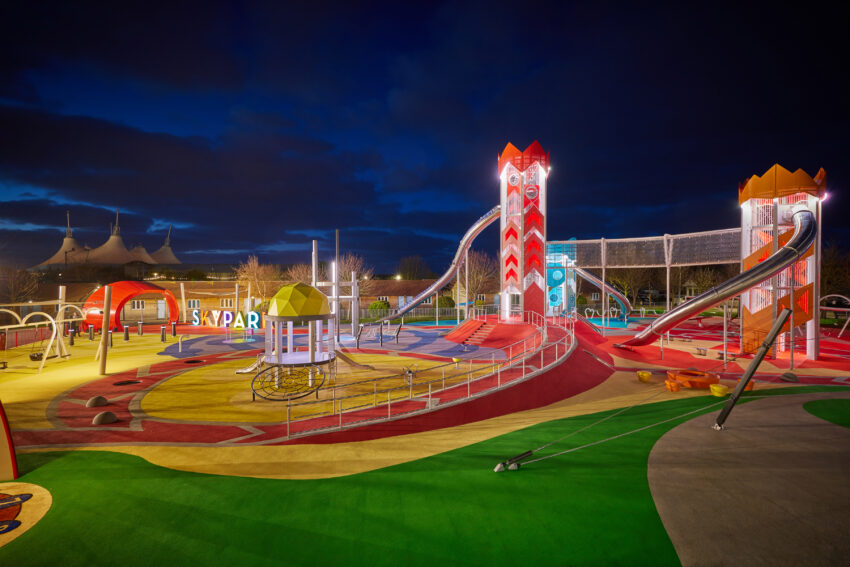
Introducing the UK’s most exciting playground… Jupiter Play & Leisure are delighted to have partnered with renowned holiday destination Butlin’s to design and

It is essential, now more than ever, to stay current on what trends are driving the future of play. Play is integral not only to
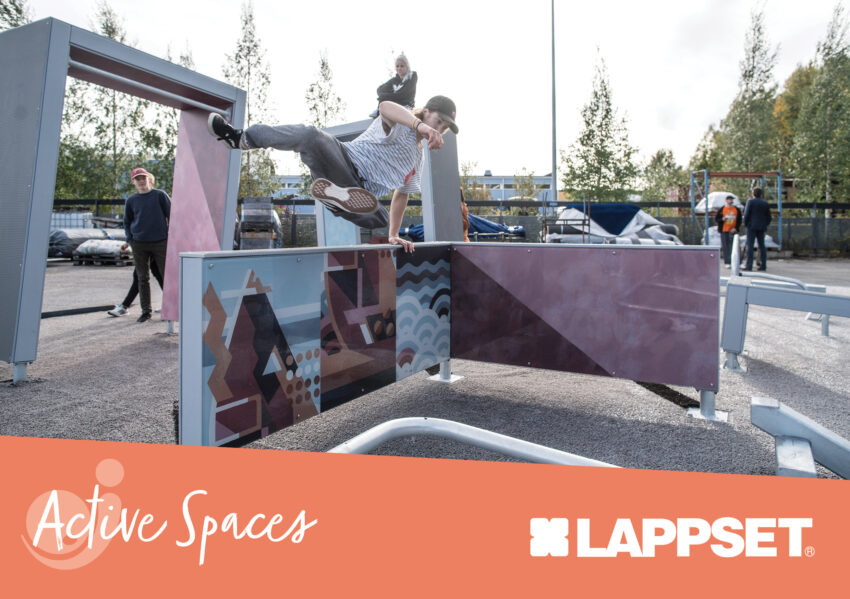
DESIGNING DASH PARKOUR: A HOLISTIC R&D-PROJECT Design is an empathic way of thinking and working, and in our field, designer is the cross-field intermediary who
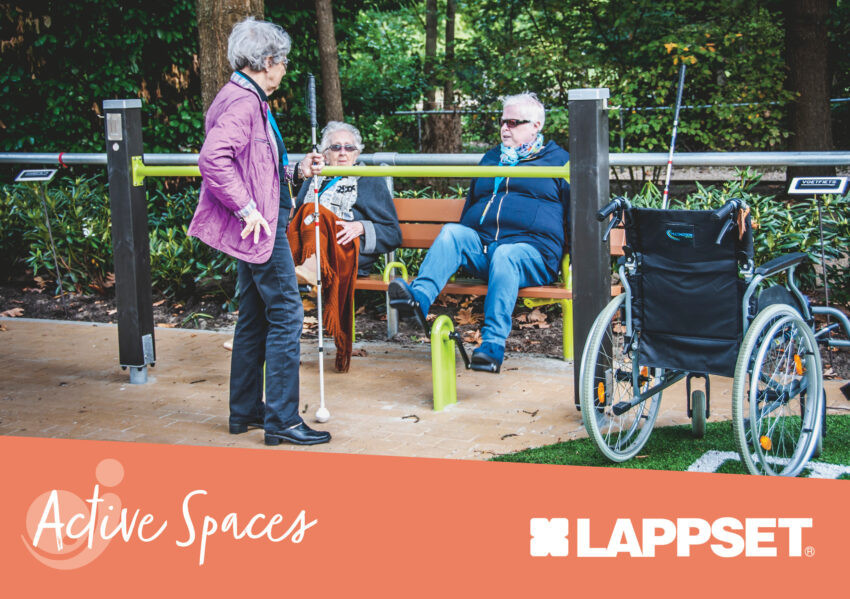
Landscape designer Arja Paula speaks about aspects to consider when designing a Senior park. I prefer the term senior park because it is more of
Nottingham
The Coach House
2 North Road
West Bridgford
NG2 7NH
Edinburgh
9 Ainslie Place
Edinburgh
EH3 6AT
Sign up to our newsletter to keep up to date with all things play and innovation.
Accreditations





The Coach House
2 North Road
West Bridgford
NG2 7NH
9 Ainslie Place
Edinburgh
EH3 6AT
Sign up to our newsletter to keep up to date with all things play and innovation.
The Coach House
2 North Road
West Bridgford
NG2 7NH
9 Ainslie Place
Edinburgh
EH3 6AT
Sign up to our newsletter to keep up to date with all things play and innovation.